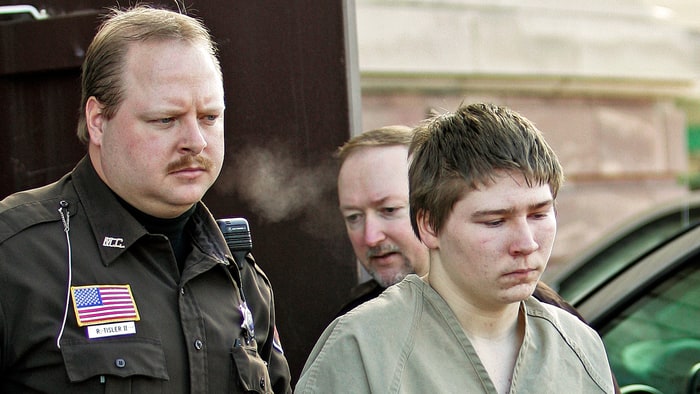In 2007, Brendan Dassey was sentenced to life in prison. His case garnered renewed public attention a decade later, due to the Netflix series Making a Murderer. State investigators interrogated the then-minor without a lawyer present, and falsely offered him leniency for a confession. The misconduct revealed by the show led a US magistrate to order Dassey’s conditional release, though his future is still uncertain with a federal appeals court in Chicago blocking his immediate release.
The Dassey case seems to be, prima facie, a case of gross impropriety from the investigators. But consider this: would his trial have gone differently if he was born with a silver spoon, lived in a coastal liberal city instead of coming from a small county in rural Wisconsin, or had a famous last name?
Prestige and wealth tilt the justice system’s scales. Such parameters determine the quality, quantity, and experience of the legal team fighting your case — which, in turn, affects your case’s strength. Your kitty’s size also decides how long you’ll be able to appeal an unfavourable verdict. If he’d had the resources, Dassey could have appealed to a higher court, and challenged his verdict years sooner.
We’ve normalized socio-economic inequality as part of the current justice system. In light of that, I don’t mind the spotlight of mercy being placed on someone like Dassey for once. He lost a critical decade of his life being incarcerated for a crime he may not have been guilty of, in part because he didn’t have the right kind of financial or social standing.
Making a Murderer had an imperative role to play in his corrective verdict. That show converted two data points on US prison statistics to two real people with faces and families, while shining a light on the errors of a much-revered system. The public interest that Making a Murderer piqued placed considerable pressure on the magistrate to review Dassey’s case.
The public prosecutor in this case, Ken Kratz, argued that the documentary “presents misinformation” and accused its creators of having an “agenda.” The creators responded by stating that they had included the key points from the other side. Their lawyer added that “no one’s going to watch a 600-hour movie of gavel-to-gavel, unedited coverage of a trial.”
With documentaries such as this, there’s always going to be someone crying foul, and they could be right. These documentaries are heavily chewed down to fit their allotted show time and appeal to their audience. Yet that doesn’t negate the purposes of producing these shows in the first place, or the role they’ve played in drawing attention to injustice.
It may be tempting to take them as gospel truths, because that way, there’s no thinking needed to form an opinion. It may be equally tempting to disregard them entirely as a waste of time. But the truth lies somewhere in between.
The real lesson is this: don’t blindly follow what you’re given without doing further research. Be cautious about how much you buy into this kind of media, but at the same time, don’t discount its ability to resolve the injustices caused by gaps in economic class.
In other words, question what you know, and be conscious of what you don’t know. Justitia can occasionally have blinkers on, her scales slanted by the weight of money and influence, but she can be corrected — by we, the people.

